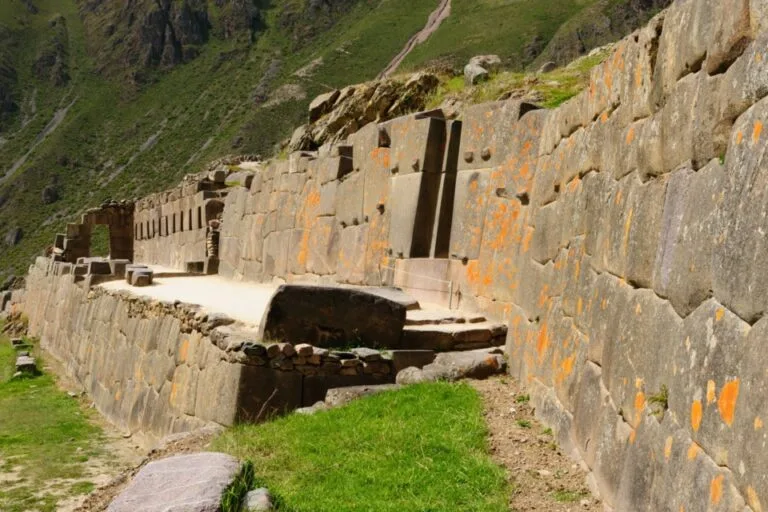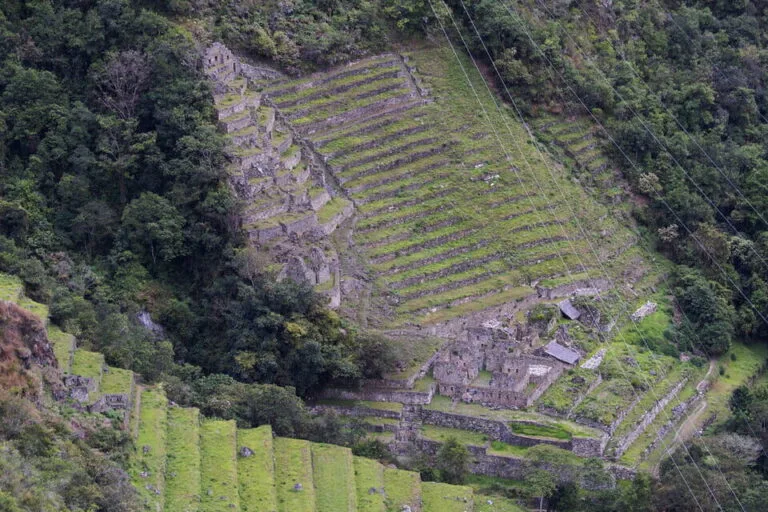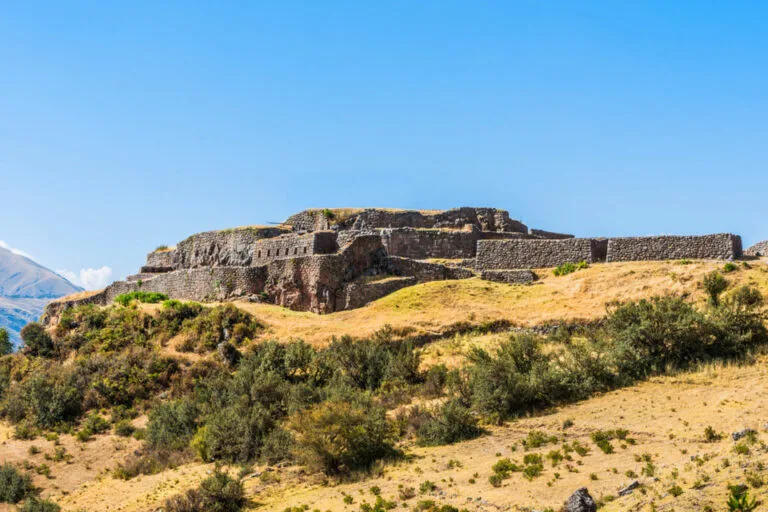Cusco Cathedral, officially known as the Cathedral Basilica of the Virgin of the Assumption, is an architectural gem that reflects the city's rich history and cultural syncretism. Located in the heart of the historic center, on the northeast side of the Plaza de Armas, this majestic building stands as a testament to the fusion between Andean traditions and Spanish influence.
Precise Location
The cathedral is located on the northeast side of Cusco’s Plaza de Armas, dominating the square with its Renaissance façade and baroque details. It is a key landmark and gathering point for both locals and visitors.
Fascinating History
Construction began in 1560 and was completed in 1654 on the foundations of the former Inca palace of Wiracocha (Quishuarcancha). This symbolizes the cultural layering of Andean traditions and Spanish influence. Over the centuries, the cathedral has endured natural disasters and witnessed historical events, becoming a pillar of Cusco’s resilience and faith.
Site Description
The cathedral features a Renaissance-style façade with an interior rich in baroque and gothic elements. Highlights include:
- Main Altar: Crafted from finely worked silver, showcasing colonial craftsmanship.
- Choir Stalls: Intricately carved cedar wood depicting saints and religious figures.
- Last Supper Painting: Created by indigenous artist Marcos Zapata, this piece includes a local twist with a guinea pig served on the table, symbolizing cultural fusion.
- Lord of the Earthquakes Chapel: Home to the revered image of Cusco’s patron, whose procession is one of the city’s most significant events.
Practical Recommendations
- Opening Hours: Typically open Monday to Sunday from 10:00 a.m. to 6:00 p.m., though hours may vary on holidays or special occasions.
- Admission: Entry is often included in the Cusco Religious Circuit Ticket, which grants access to multiple religious sites. Tickets can be purchased at the cathedral or other authorized points.
- Dress Code: Respectful attire is encouraged; avoid overly revealing clothing as this is a sacred space.
- Photography: Photos are allowed without flash to preserve artworks and maintain the spiritual ambiance.
- Tour Guides: Hiring a local guide will enhance your visit by providing cultural and historical insights.
Frequently Asked Questions
1. What is the historical significance of the Cusco Cathedral?
The cathedral represents the fusion of Andean and Spanish traditions and is built on the site of an ancient Inca palace.
2. What architectural styles are found in the cathedral?
The cathedral combines Renaissance exteriors with baroque and gothic interior elements, reflecting colonial artistic diversity.
3. Is it necessary to buy tickets in advance?
Not required, but purchasing the Religious Ticket in advance can streamline your visit and grant access to other religious landmarks.
4. Are public religious services held at the cathedral?
Yes, mass and other services are held regularly. Check schedules if you wish to attend and follow proper etiquette.
5. Are children allowed inside?
Yes, children are welcome when accompanied and respectful of the environment.
Visiting the Cusco Cathedral is a journey through time, faith, and art—an essential stop for anyone wishing to understand the soul of the ancient Inca capital.







